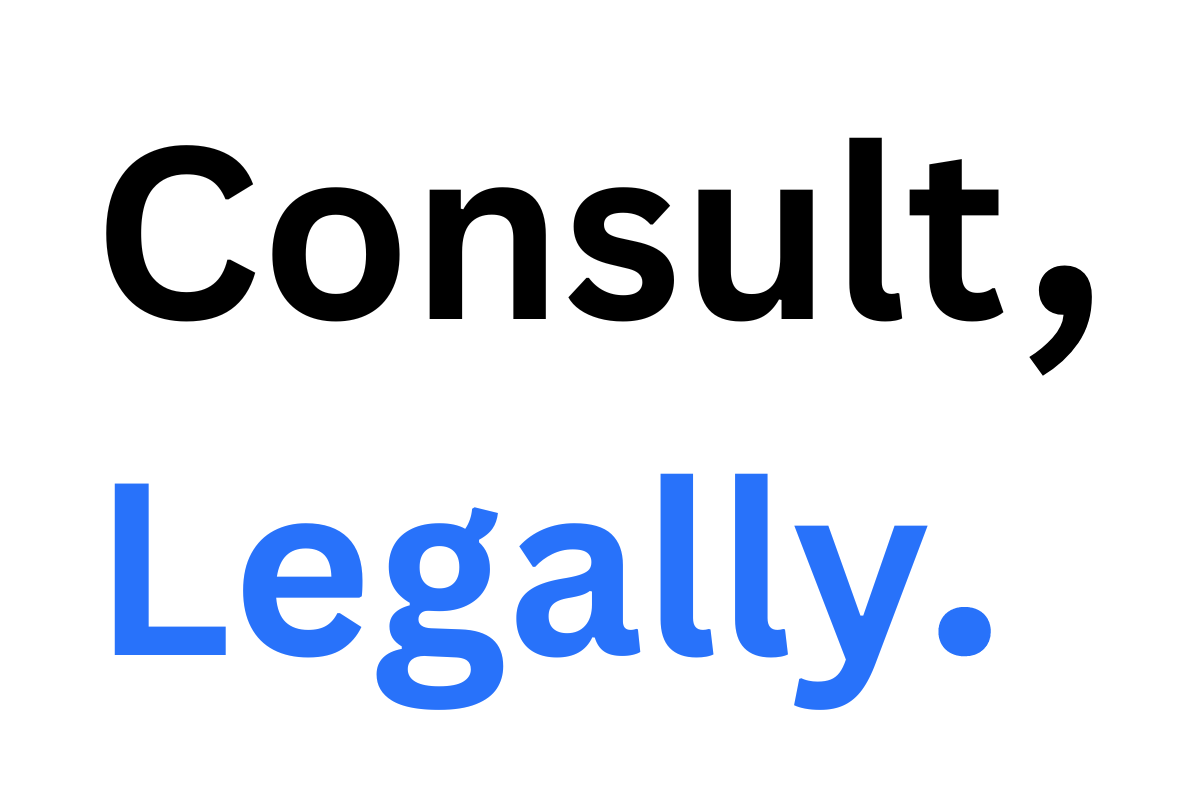The case Jogani v Jogani presents a complex and consequential dispute involving family partnerships, real estate, and judicial doctrines. Originating from a partnership disagreement among the Jogani family, this case underscores the importance of written agreements, judicial estoppel, and co-ownership management. With billions at stake, the ruling has implications for real estate law and partnership disputes.
Facts of Jogani v Jogani
Background of the Jogani Family
The Jogani family, natives of Gujarat, India, amassed wealth in the global diamond trade. In 1979, Shasikant Jogani (Shashi), at 22, moved to California to expand the family business and began investing in residential real estate. By 1989, Shashi had acquired properties valued at over $375 million, with equity exceeding $100 million.
Financial Troubles
In the late 1980s and early 1990s, a nationwide recession caused significant losses in Shashi’s real estate holdings, reducing equity to a negative $50-$70 million. Shashi faced lawsuits, defaults, and judgments from tenants, creditors, and insurers, culminating in severe financial strain after the 1994 Northridge Earthquake, which caused fatalities in one of his buildings.
Family Partnership Formation
In 1995, Shashi enlisted his brothers, Haresh, Rajesh, Chetan, and Shailesh Jogani, to form a partnership to stabilize his failing real estate investments.Under the agreement:
- Shashi transferred his interests in troubled properties to the partnership.
- Shashi managed the portfolio but received minimal compensation.
- The brothers provided capital, recouping their principal investment plus 12% annual returns before profits were shared.
- Shashi was entitled to a 50% contingent promotional interest after repayment.
Properties were nominally held by entities such as J.K. Properties and H.K. Realty.
Conflict
By 2002, the partnership’s real estate portfolio exceeded $1 billion in value, with $550 million in equity and $2 million in net monthly income. The brothers had recouped their investments, but Haresh, representing the others, removed Shashi from management and denied his vested interest.
Legal Issues
The legal issues raised in Jogani vs Jogani were:
- Partnership Validity: Whether the family partnership existed despite the absence of a written agreement.
- Judicial Estoppel: Whether Shashi’s previous statements during debtor exams barred him from asserting partnership claims.
- Ownership Distribution: Determining the rightful ownership shares among family members.
- Damages: Whether Shashi was entitled to damages for breach of fiduciary duty and contract.
Procedural History
- Initial Lawsuit (2003): Shashi filed claims against his brothers, holding companies, and family members for breach of contract, fiduciary duty, fraud, and other causes of action. Haresh argued there was no written agreement to prove the partnership.
- Judicial Estoppel Claim: Shashi’s statements in earlier debtor exams contradicted his current claims. He had denied any partnership interests in court under oath.
- Lengthy Litigation: Over 21 years, the case saw 18 appeals, five judges, and a five-month jury trial.
- Final Jury Verdict (2024): The jury ruled Shashi owned 50% of the partnership, with shares allocated to the other brothers: Haresh (24%), Rajesh (10%), Shailesh (9.5%), and Chetan (6.5%). Shashi was awarded $1.8 billion in damages.
Legal Analysis of Jogani v Jogani Judgment
Judicial Estoppel
- Doctrine: Judicial estoppel prevents a party from taking inconsistent positions in legal proceedings to protect the integrity of the judicial process.
- Application in Jogani (2006):
- Shashi’s earlier debtor exams, where he denied partnership interests, were scrutinized.
- The court noted that judicial estoppel applies only if the earlier court relied on the contradictory statements.
- The California Court of Appeal held that Shashi’s statements, though inconsistent, had not been relied upon in prior judgments. Therefore, judicial estoppel did not apply.
- The court emphasized the doctrine must be applied cautiously to preserve the truth-seeking function of the judiciary.
Partnership Formation
- Key Argument: Haresh contended the lack of a written agreement invalidated Shashi’s claims.
- Court’s Findings:
- Evidence demonstrated an oral partnership agreement existed, supported by conduct and mutual understanding.
- The agreement’s terms—profit-sharing and investment recovery—were sufficiently clear to establish a partnership.
Ownership Distribution
The jury’s allocation of ownership reflected the partnership’s terms and contributions by each brother:
- Shashi’s 50% share recognized his management role and initial contributions.
- The remaining shares accounted for the brothers’ capital investments.
Damages
Shashi’s $1.8 billion damages award stemmed from breach of fiduciary duty, fraud, and unjust enrichment. The court held that denying Shashi his vested interest violated the partnership agreement and caused significant financial harm.
Implications of the Jogani v Jogani Verdict
Co-Ownership Challenges
- The ruling in Jogani vs Jogani left family members as co-owners of 17,000 apartment units.
- Given the history of discord, co-ownership appears untenable.
- The court suggested dissolution of holding companies and property partitioning as a practical resolution.
Precedents in Real Estate Law
- This Jogani v Jogani case emphasizes that oral agreements, when corroborated by evidence, can establish enforceable partnerships.
- It also highlights the risks of familial partnerships without clear documentation.
Judicial Estoppel Application
The Jogani vs Jogani case underscores the importance of judicial reliance in applying estoppel, providing a nuanced precedent for its cautious use.
Key Takeaways
- The absence of written agreements complicated the case and prolonged litigation. Clear documentation could have mitigated conflicts and legal costs.
- Partners must act in good faith and honor agreed terms. Breach of fiduciary duty can result in severe financial and legal consequences.
- Consistent conduct, shared goals, and mutual benefits can substantiate claims of a partnership, even in the absence of formal contracts.
Conclusion
The Jogani v Jogani case is a landmark decision in real estate and partnership law. It highlights the challenges of managing familial partnerships, the significance of written agreements, and the complexities of judicial doctrines like estoppel. With a $1.8 billion damages award and ownership disputes involving 17,000 properties, the case serves as a cautionary tale for both business and legal professionals. The ruling not only resolves a decades-long family feud but also sets important precedents for future disputes in partnership and real estate law.

